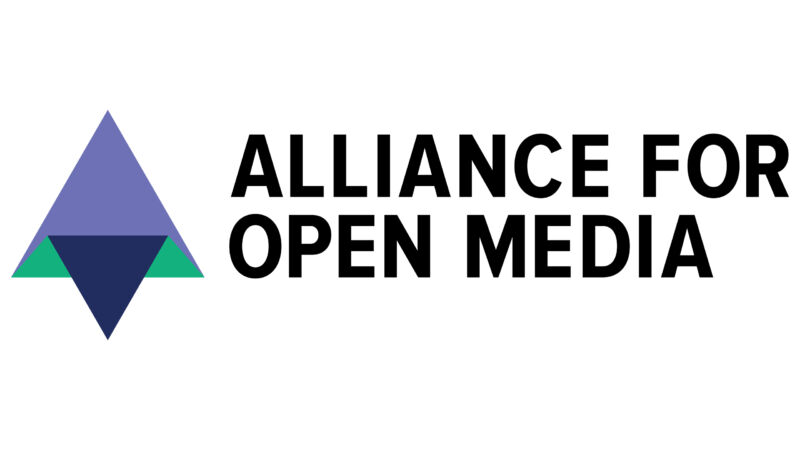
Enlarge / The Alliance for Open Media logo. (credit: Alliance for Open Media)
Google can do basically whatever it wants regarding video and web standards. YouTube is the world's most popular video site. Chrome is the world's most popular browser. Android is the world's most popular operating system. Anything Google wants to roll out can immediately have a sizable user base of clients, servers, and content. From there, it's just a matter of getting a few partners to tag along. This is how Google's next-generation AV1 video codec is being rolled out, and next, Google is setting its sights on HDR and 3D audio standards.
Protocol's Janko Roettgers has a report on "Project Caviar," Google's plan to take on Dolby and create royalty-free alternatives to its HDR standard (Dolby Vision) and its 3D audio standard (Dolby Atmos). Dolby's old-media business model relies on royalty fees from hardware manufacturers and support from content creators. The company's technology is deeply embedded in movie theaters, Blu-rays, and more modern streaming companies like Apple are big backers of Dolby technology. That all costs money, though, and Protocol's report says $50 streaming sticks end up having around $2 of that price tag go to Dolby.
Surround sound has been a movie feature forever with various numbers of front, back, and side speakers, but Dolby Atmos adds height into the equation. If you take a 5.1 or 7.1 speaker setup—that's three front speakers, two back, a subwoofer, and for 7.1, two side speakers—Dolby Atmos adds four overhead speakers into the mix, allowing sound to pan overhead of the viewer. Atmos is supported by Apple, Netflix, HBO Max, and Disney+.
Read 3 remaining paragraphs | Comments
from Tech – Ars Technica https://ift.tt/026LqzR
No comments:
Post a Comment